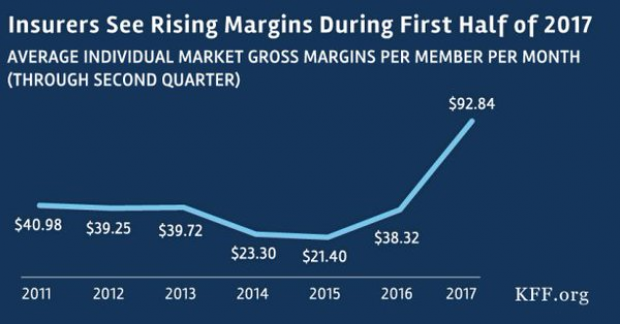Go to Work, Ladies! Your Kids Will Be Grateful

So what if you can’t have it all? Maybe your daughter can.
A new working paper by the Harvard Business School finds that daughters of working mothers are likely to be more successful in the workplace than their peers. Analyzing data on 50,000 people in 24 countries, researchers found these women are more likely to be employed, hold supervisory positions and earn more money than women who grew up with stay-at-home mothers.
A working mother was defined as being employed before their child turned 14 years old.
Daughters of employed moms are 4.5 percent more likely than daughters of stay-at-home moms have jobs, the study found -- small but statistically significant difference, the authors say, meaning it’s not just a coincidence. Daughters of working mothers also earn 23 percent more than daughters of women did not work outside the home.
Related: 10 Best States for Working Mothers
In addition, 33 percent of daughters of employed women hold supervisory roles, compared to 25 percent of daughters of stay-at-home mothers. And the daughters of working moms do fewer hours of housework each week, the study finds.
Sons of working mothers were found to spend 7.5 more hours on childcare per week and a longer amount of time on household chores. They spend more time caring for family members than sons of stay-at-home mothers.
The study hints at the neglected importance of gender attitudes that are shaped and refined within homes and in families, since policymakers usually focus on gender differences on the political and corporate levels. Parents who embody non-traditional gender roles are serving as role models and a resource for their children who might one day enact non-traditional gender roles in their own lives.
Working mothers are demonstrating to their children that traditional gender roles are not the only opportunities for their sons or daughters. Even though many mothers worry that by working they’re neglecting their child, they could actually be helping them in the long-run by showing them they’re world might not be as limited as tradition suggests.
The study comes in the wake of a slight reversal in the decades-long trend of women joining the ranks of the employed. From 1999 to 2012, the number of mothers who were unemployed in the U.S. rose from 23 percent to 29 percent, a Pew study found. Causes of the rise are debatable, but a growing number of women cite their inability to find a job, largely as the result of the recession.
With the job market recovering, the new study’s message is clear: Lean in, women!
Budget ‘Chaos’ Threatens Army Reset: Retired General
One thing is standing in the way of a major ongoing effort to reset the U.S. Army, writes Carter Ham, a retired four-star general who’s now president and CEO of the Association of the U.S. Army, at Defense One. “The problem is the Washington, D.C., budget quagmire.”
The issue is more than just a matter of funding levels. “What hurts more is the erratic, unreliable and downright harmful federal budget process,” which has forced the Army to plan based on stopgap “continuing resolutions” instead of approved budgets for nine straight fiscal years. “A slowdown in combat-related training, production delays in new weapons, and a postponement of increases in Army troop levels are among the immediate impacts of operating under this ill-named continuing resolution. It’s not continuous and it certainly doesn’t display resolve.”
Pentagon Pushes for Faster F-35 Cost Cuts

The Pentagon has taken over cost-cutting efforts for the F-35 program, which has been plagued by years of cost overruns, production delays and technical problems. The Defense Department rejected a cost-saving plan proposed by contractors including principal manufacturer Lockheed Martin as being too slow to produce substantial savings. Instead, it gave Lockheed a $60 million contract “to pursue further efficiency measures, with more oversight of how the money was spent,” The Wall Street Journal’s Doug Cameron reports. F-35 program leaders “say they want more of the cost-saving effort directed at smaller suppliers that haven’t been pressured enough.” The Pentagon plans to cut the price of the F-35A model used by the Air Force from a recent $94.6 million each to around $80 million by 2020. Overall, the price of developing the F-35 has climbed above $400 billion, with the total program cost now projected at $1.53 trillion. (Wall Street Journal, CNBC)
Chart of the Day - October 6, 2017
Financial performance for insurers in the individual Obamacare markets is improving, driven by higher premiums and slower growth in claims. This suggests that the market is stabilizing. (Kaiser Family Foundation)
Quote of the Day - October 5, 2017
"The train's left the station, and if you're a budget hawk, you were left at the station." -- Rep. Mark Sanford, R-S.C.


